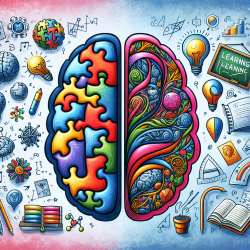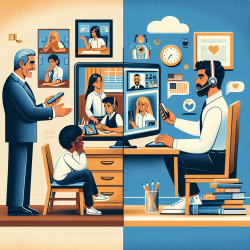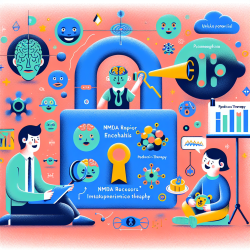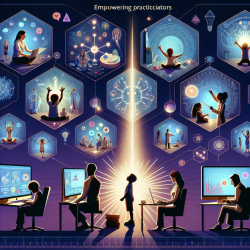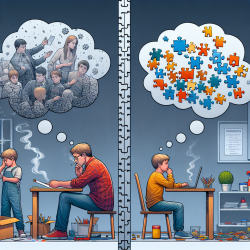Unlocking the Mysteries of Category Learning in Children with Autism
As a Special Education Director, staying informed about the latest research is crucial for providing the best support to our students. A recent study titled "Heterogeneity in perceptual category learning by high functioning children with autism spectrum disorder" offers fascinating insights into how children with autism learn and generalize categories. This research can inform practitioners on how to tailor educational strategies to better meet the needs of students with autism.
Understanding the Research
The study explores how high-functioning children with autism spectrum disorder (ASD) perform in category learning tasks compared to typically developing (TD) children. The findings reveal two distinct patterns: some children with ASD perform similarly to TD children, while others show significant impairments. Intriguingly, some children exhibit both patterns across different tasks.
These variations suggest that neural plasticity differences might account for the observed learning patterns. However, no existing psychological or neural theory fully explains the large fluctuations in category learning abilities among children with ASD.
Implications for Practitioners
For educators and therapists, these findings highlight the importance of individualized approaches. Here are some strategies to consider:
- Flexible Teaching Methods: Adapt teaching methods to accommodate the diverse learning patterns of students with ASD. This might include varying the complexity of tasks or providing more or less structured learning environments.
- Continuous Assessment: Regularly assess students' progress and adjust strategies as needed. This ensures that each child's unique learning needs are met.
- Encourage Generalization: Help students apply learned skills across different contexts. This can be achieved through varied practice and reinforcement in different settings.
Encouraging Further Research
While this study provides valuable insights, it also raises questions about the underlying neural mechanisms that contribute to learning differences in children with ASD. Practitioners are encouraged to stay updated with ongoing research and consider participating in studies that explore these areas further.
To read the original research paper, please follow this link: Heterogeneity in perceptual category learning by high functioning children with autism spectrum disorder.
